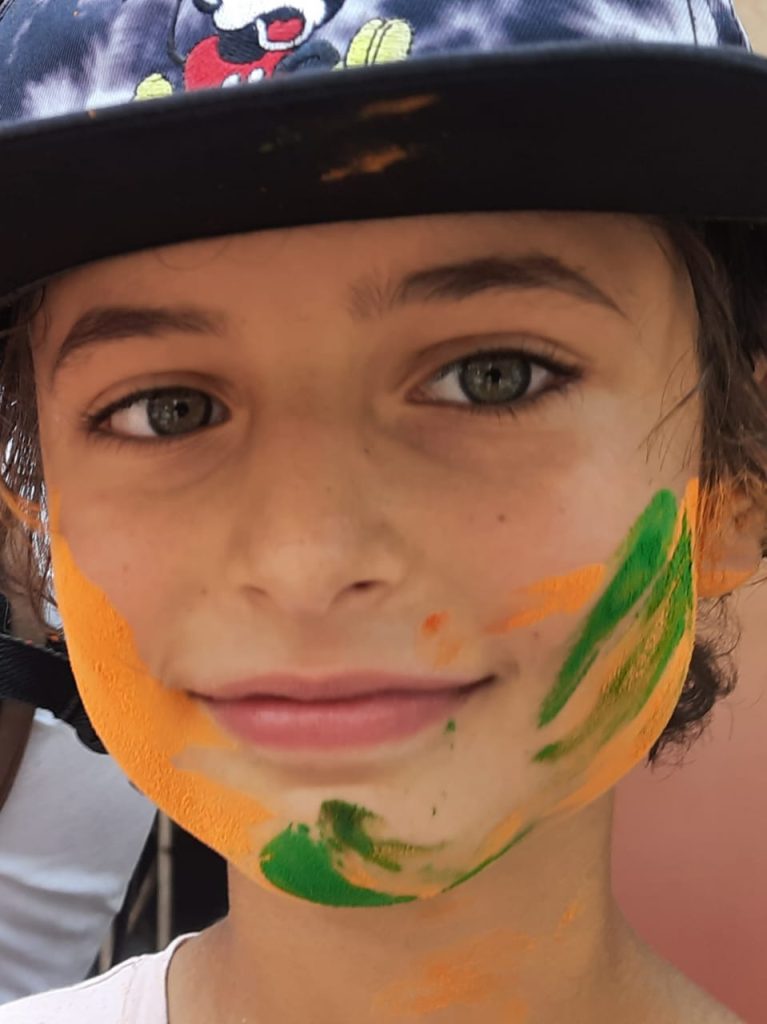In Kolkata, the festival of Holi is not just about joyous celebrations and social harmony; it also serves as a reflection of the city’s political landscape. The dominant colour of Holi each year subtly indicates which political party holds sway over the state.
While Holi is traditionally a religious and cultural festival celebrated across India, Kolkata presents a unique picture where politics plays a significant role in determining the hues of the festivities. Political leaders actively use the occasion to engage with the public, visiting voters along with party workers to garner support. However, long before politicians make their moves, the people of the city express their own political sentiments through the colours they choose to celebrate with.
What happened during Left Front rule
During the decades-long rule of the Left Front, Kolkata and other parts of West Bengal were awash with red and pink abir (coloured powder). However, as the Trinamool Congress (TMC) began gaining ground in the mid-2000s and eventually took power in 2011, the dominant Holi colours shifted from red to green, reflecting the party’s emblematic hue.
Over time, the once-powerful Left has seen its influence wane significantly, with no electoral victories in the Lok Sabha or Assembly elections in recent years. This political shift is evident even in Kolkata’s paint markets, where demand for red and pink abir has dwindled. In contrast, saffron abir, once rarely used, has been growing in popularity in the past few years as the Bharatiya Janata Party (BJP) has strengthened its presence in the state. In some areas, saffron has even replaced green, indicating BJP’s rising influence.



